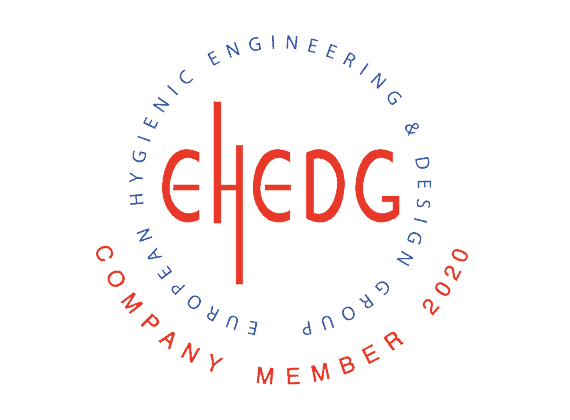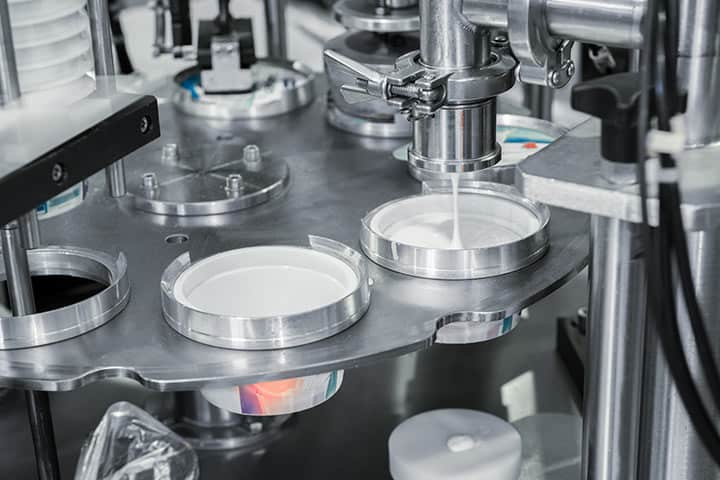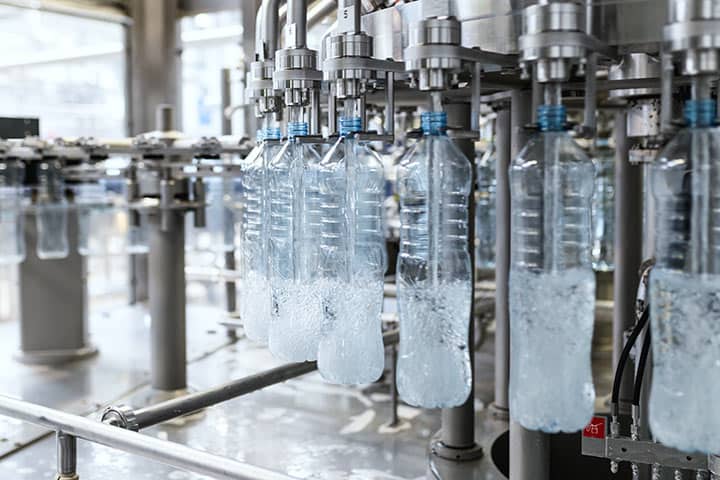Recently, the requirements for production and packaging plants in the food industry have undergone a fundamental transformation. This is partly due to the increasing automation of these plants. But it is also due to a change in consumer attitudes, with customers increasingly demanding fresh products without preservatives. As a result, it is becoming more and more essential to design production environments in line with hygiene factors to ensure consumer safety.
Hygienic design reduces the ability of micro-organisms such as bacteria or fungi to deposit themselves and multiply. In addition, it enables equipment to be cleaned quickly and thoroughly, cutting both the risk of cross-contamination – between different medicines, for instance – and downtimes to a minimum.
To ensure hygienic plant design, as well as solid technical expertise, engineers also require an understanding of microbiology. They need to consider the properties and size of micro-organisms – especially how they behave on surfaces – and their growth in gaps, crevices and dead space.


